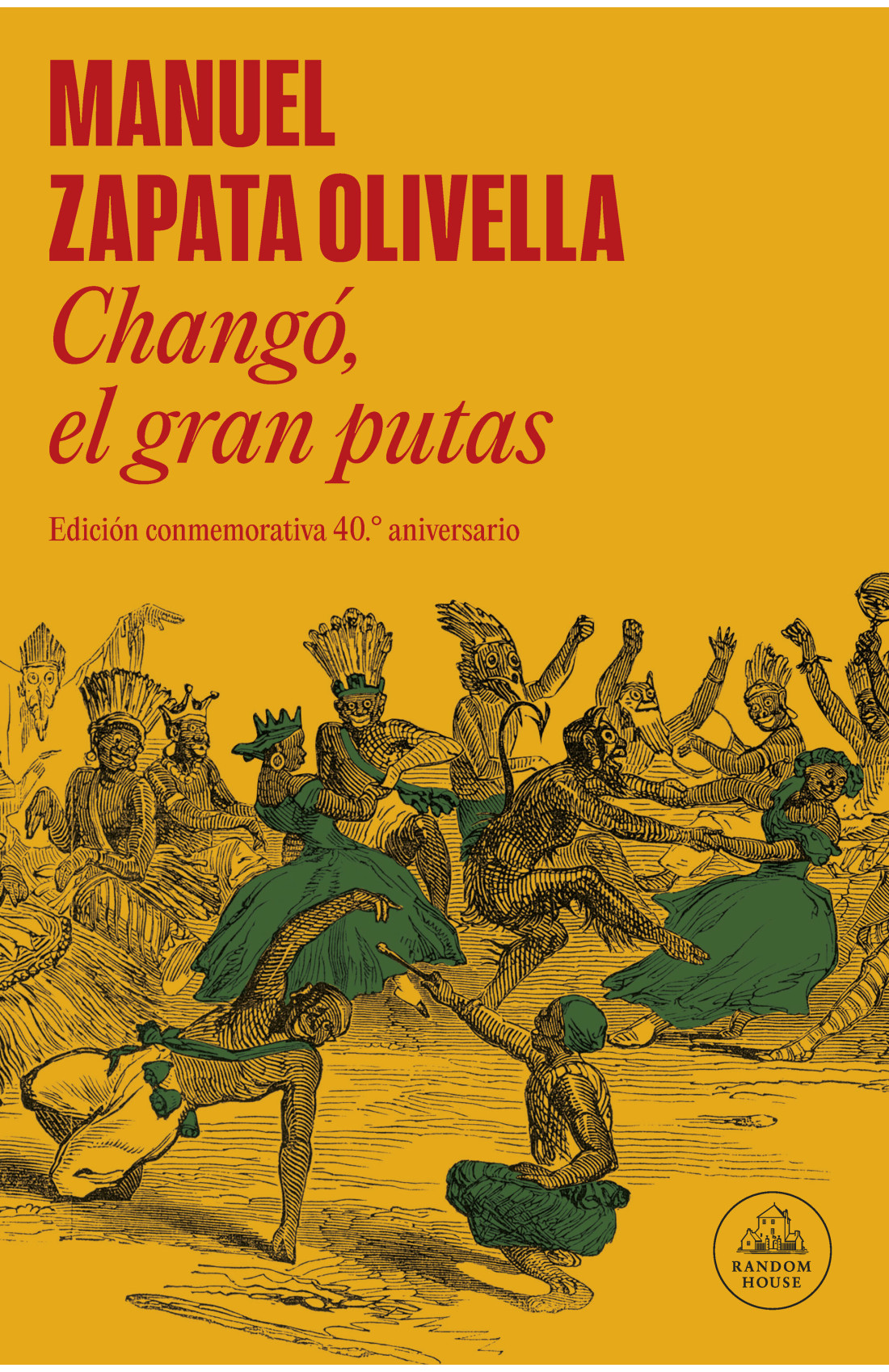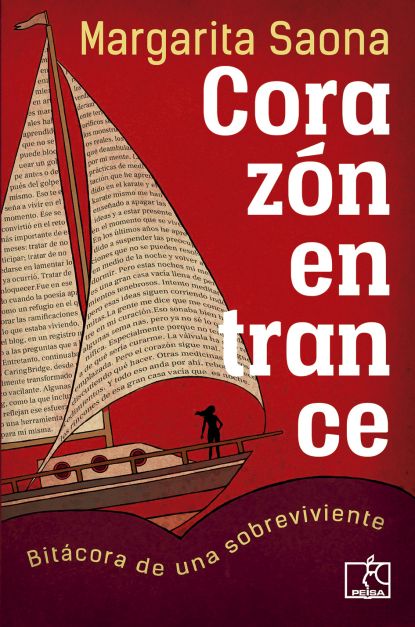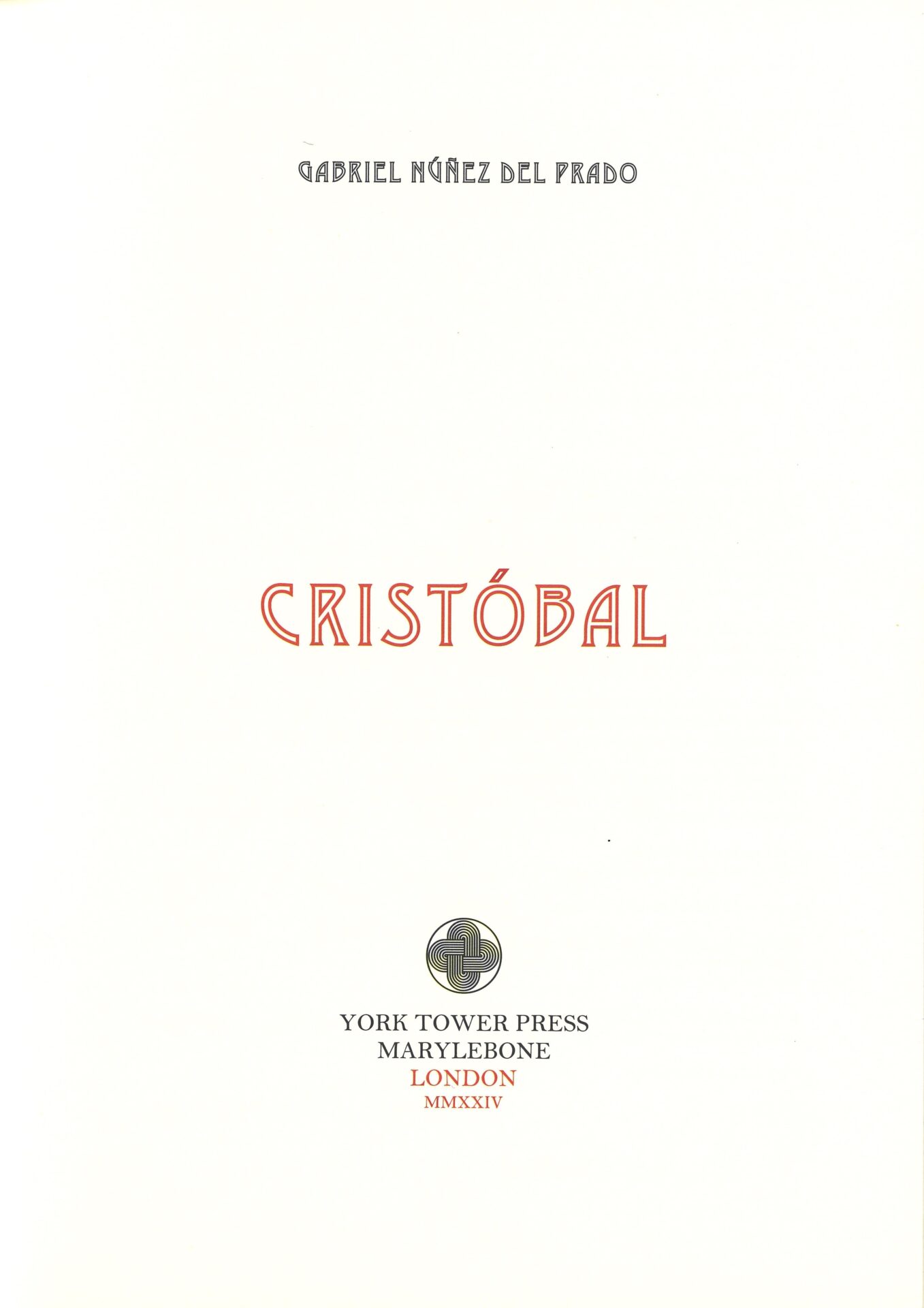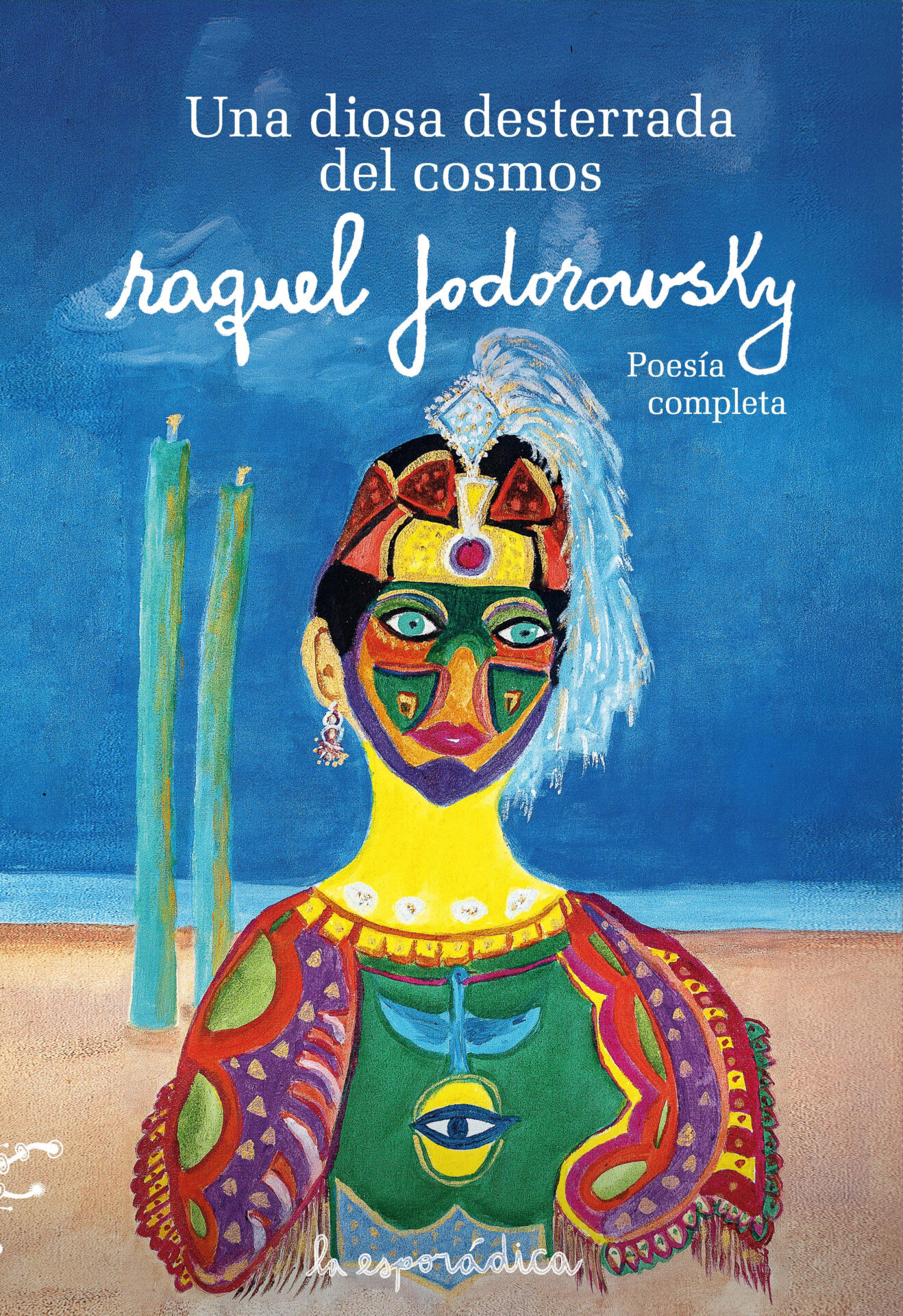Decir Berlín, decir Buenos Aires. Saúl Sosnowski. Buenos Aires: Paradiso. 2020. 128 pages.
 Other books by Saúl Sosnowski are present in Decir Berlín, decir Buenos Aires [Saying Berlin, saying Buenos Aires], which is his first novel, but not the first book to put forth some of his obsessions and quests. In 2017 his first book of poetry, Rugido que toda palabra encubre [Roar concealing all words] was published, but it was not, I repeat, his first book of obsessions and quests. And I could go on and on, traveling back in time until I reached his early books and articles. I cannot resist the temptation to say that we could even try to reach the first stone, the greater koan, the “A” that begins the novel and the long quest: “la letra que a las demás contiene” [the letter that contains the rest], he says in a poem.
Other books by Saúl Sosnowski are present in Decir Berlín, decir Buenos Aires [Saying Berlin, saying Buenos Aires], which is his first novel, but not the first book to put forth some of his obsessions and quests. In 2017 his first book of poetry, Rugido que toda palabra encubre [Roar concealing all words] was published, but it was not, I repeat, his first book of obsessions and quests. And I could go on and on, traveling back in time until I reached his early books and articles. I cannot resist the temptation to say that we could even try to reach the first stone, the greater koan, the “A” that begins the novel and the long quest: “la letra que a las demás contiene” [the letter that contains the rest], he says in a poem.
The first stone is present in the first verse of Rugido…, and “A” is the first letter of the novel: “Ajenos” [alien], it says, and later we see that the character’s name is Alejandro. And the stone of the poem is also present, though these are other stones: those on the cover of the novel, in a patio that appears in another poem, and later on in the novel. The temptation to pore over riddles while reading is inevitable, because Sosnowski’s narrative poetry uses symbols to frame his small quests and those great questions that transcend us. The novel references the book of poem in the sense that the narrative has, in addition to the shared symbols, a poetic rhythm and a tone that would seem to come from the same voice, so much so that the book of poems gives the impression of being part of the novel, and as such would not be out of place on the wall that Alejandro and Tamara write.
The koan makes its first appearance in the title. The roar can conceal or be concealed by words, which in turn can conceal or be concealed by the roar. In the case of the novel, why say Berlin, say Buenos Aires? Where, how, by whom are they said? What happens when they are said? Who happens? But the title of the novel doesn’t ask these questions; rather, it is merely left as a riddle that may or may not be solved. Or perhaps Alejandro and Tamara solve it, loving each other, on the wall. One of the essential elements of Sosnowski’s poetics is also revealed in the titles of both books: those two separated entities that are, at the same time, united by a third, which could be a place, a someone, or the word itself. Between the roar and the concealing is the word; between Berlin and Buenos Aires is the act of saying. But that third element is magnified because it tries to tell a larger story, a chronicle of great journeys, painful losses, terrors, anxieties, and hopes. The character in the novel is not capable of crossing that enormous, painful, and incomprehensible distance between those two entities; this is why he distances himself from others and always looks, then looks again, without coming near. I repeat, there is the temptation to solve riddles: Alejandro is a name that in Spanish contains its own faraway nature, because to alejarse is to distance oneself, move away. He is obsessed with the act of seeing but paralyzed by the action that would come next, except towards the end of the novel, when he encounters Tamara, with whom he bridges several distances across bodies and stories.
And just as the book of poems is present in the novel, Sosnowski’s other books are present in both, as if his oeuvre were heading, in several directions and by way of the various professions the author has exercised (academic, critic, traveler, champion of causes, poet, narrator), to the same place: the keystone, the wall, the code that contains them all. In this novel we find the language of classrooms, of literary conferences and academic essays, and we find the endorsements and discourse of cultural and political resistance; that is, the venues that the steps and footprints of Sosnowski’s endeavor and identity offer us. It could be said that each book Sosnowski adds to his oeuvre is a step further “en las huellas” [in the footprints], and it’s no coincidence that this phrase appears in the dedication of the collection of poems and in the novel: “Pasos en las huellas” [steps in the footprints].
The wall the novel’s characters build together and that contains their personal stories along with, of course, the larger stories, takes place in the present, but moves backwards and projects itself, like a sign of hope, towards the future. Sosnowski’s poetry and novel move among those and other geometric shapes, among squares and rectangles: wall, carved box that Alejandro fills and treasures, photo, postcard, screen, window, balcony, door, stone, plaque, grave, plaza, gym, pool. Shapes against forgetting, shapes for reencounter. All are spaces with sharp contours but limits overwhelmed by memory, pain, and hope. A ferocious, yet fraternal, geometry. Memories, he says, “no me invaden, me rodean, me cobijan, me protegen” [do not invade me; they surround me, shelter me, protect me] (81). And the patio, he says, is the “el rectángulo de su niñez y adolescencia; la medida de su mundo” [the rectangle of his childhood and adolescence, the measure of his world] (71). One cannot shape a way out of those shapes. In the pool, for example, the character would like to go beyond the edge and “saber qué había bajo su límite de flotación” [find out what was below its flotation limit] (77), a question that also appears in the book of poems: “¿Será posible acceder al tiempo suspendido sobre las aguas, / palpar otro inicio, / otra versión?” [Could it be possible to access time suspended above the water, / touch another beginning, / another version?] (30). This is why he swims intensely, but always has to turn around: a metaphor of those steps that retrace his footprints, like opening the box of photos.
There is also a poetic and ontological geometry against erasure; the wall heads in that direction, and that’s why Tamara feels called to write herself on it, as it also has “la medida de su mundo” [the measure of her world]. The wall is the Aleph, the meeting point at which they coincide, like that Aleph on Calle Garay, all the points in the universe. Undoubtedly the stories Alejandro and Tamara weave are much larger than themselves, and overwhelm them. The wall contains the other geometric shapes. It is, to use Foucault’s term, a heterotopic space, a meeting place for many places that lead to other places, and so on, infinitely. These places are present and they are real; they exist and take place within the characters and outside of them; they exist in the body, another geometric shape, which is located in another body. The wall is also a fixed and portable space, a recreation of the great Wall, and I wonder if the Jewish tradition allows for this portability, not unlike the Christian altar, for different purposes. Each recreation of that wall is permeated with wandering so that all people can turn it “en un rompecabezas de letras y números” [into a jigsaw puzzle of letters and numbers], until they come across “con el número, con la cifra precisa” [the number, the exact figure] (29).
The wall is, therefore, a collection and a list. Lists, in fact, are essential in Sosnowski’s poetics. “Buenos Aires me suma” [Buenos Aires adds to me] (48), he says in a poem that is a list of additions and subtractions: dulce de leche, croissants, supplements, siestas, chords, noises. Presences that are still present, like the photos of the disappeared. Lists also impose their own limits and are overflowing with their named excesses, as is the case of the lists the character keeps writing on the screen, incapable of going any further, like the trade of looking on from a distance that he so often practices. “La avalancha inicial había dado lugar a que se dijera más que palabras sueltas seguidas de comas” [The initial avalanche had led to the utterance of something more than isolated words followed by commas] (62); the disappeared become present between commas that separate them and insert them in a sequence that brings back their names. “Esas líneas, sintió, lo conminaban a hacer algo. Sumó esas cuatro letras a las que iba registrando como mandato. Algo.” [Those lines, he felt, were exhorting him to do something. He joined those four letters that he recorded as a mandate. Something.] (62). Until then, he had only been capable of making lists; he could say, not tell, the story. Nor could he, similarly, cross borders, cross the distance that separated him from what he looked at. Perhaps he couldn’t reach the other side because what truly was never possible was the greater return, the going back to Europe, from where he had been expelled. Only with Tamara does he feel he can cross over, give meaning to his lists, his numerology; she can provide him with or make him see “las letras que hasta ahora se había negado a enunciar” [the letters he had so far refused to pronounce] (97-98). Perhaps this is why the narrator stops referring to him by his first and last name, Alejandro Subbass, and, with Tamara and after her, only calls him Alejandro, as if he had recovered his own name.
Names are combinations of numbers and letters, and each one has its own measure, its limit and its spillover. There are two words with four letters each that leap from the book of poems to the novel: amor [love] and odio [hate], precise measurements and figures. Addition and subtraction, like Buenos Aires and Berlin. “Todo, anotó. Cuatro letras para negar o para invocar. Cuatro, como nada, como odio, como amor” [Todo, he wrote. All. Four letters to deny or to invoke. Four, like nada, like odio, like amor. Nothing, hate, love.] (58). The list in the poem, which contains so much, also ends with the word nada [nothing], which in Spanish is Adán [Adam] backwards: “Aleph aguarda a su Adán” [Aleph awaits his Adam] (42), says another poem.
Like Buenos Aires and Berlin, the list is written, is said. Why isn’t it named? Perhaps because naming is the job of the Maker alone, of he who assigns the names that we can only write, say, repeat, not create. The characters in the novel repeat combinations of numbers and letters; they link them to invoke them, as a list and a collection, on the wall. Alejandro and Tamara combine their combinations against the forgetting that each had been experiencing alone. And that is the quest of Sosnowski’s oeuvre: to stop seeking alone. The book of poems is presented as the “sueño del solo” [the dream of the lonely person] and the novel, as “el monólogo del solo” [the monologue of the lonely person]. Page and wall find their writing—“otro idioma” [another language], as Sosnowski says in the last poem, and “una lengua desconocida” [an unknown tongue], as he says in the novel—and are transformed into a map to retrace and trace paths. They are also the Borgesian map of the face: “Se vio en la cronología de sus raíces, se reconoció en el entramado de quien había abierto una puerta, de quien ahora la llamaba por su verdadero nombre” [She saw herself in the chronology of her roots, recognized herself in the complexity of the one who had opened a door, who now called her by her true name] (126). So the novel ends, with that encounter of the true value. It’s no coincidence that the book began with another kind of writing: “Ajenos los grafiti sobre paredes descascaradas, incomprensibles…” [Distant graffiti on the peeling walls, incomprehensible…] (7). The novel goes from walls, in the plural, anonymous and with transgressive writings, to the wall that gives meaning to the writing and, of course, to the quest. And there is an episode in which another wall separates the character from a woman seen and desired, but he is not prepared to exceed the limits.
The novel, then, also shares that exact measure of geometry closing in on itself to open up, like the stone, the patio, the photo, and the wall. And each fragment of the novel is a contained form, a stone, a cobblestone that joins with others to build the plaza, the patio. Herein lies the poetic structure as well; each poem in Rugido… works in the same way, joining together against forgetting. A lesson from Sosnowski’s writing: write against impermanence (that which is lit up on the screen, that which is wiped away in the steam of the bathroom mirror, that which doesn’t last in memory) and commit to that form of permanence that is the foundation of writing.
Leonel Alvarado
Translated by Lena Greenberg
Leonel Alvarado was born in Honduras in 1967. He has published, among other poetry books, El futuro que no fuimos, Retratos mal hablados, Xibalbá, Texas, Driving with Neruda to the Fish‘n Chips, and El reino de la zarza. He lives in New Zealand, where he is a professor at Massey University.
Lena Greenberg is a Translation and Interpretation MA student at the Middlebury Institute of International Studies at Monterey. She holds a bachelor’s degree in linguistics from the University of Pennsylvania.





